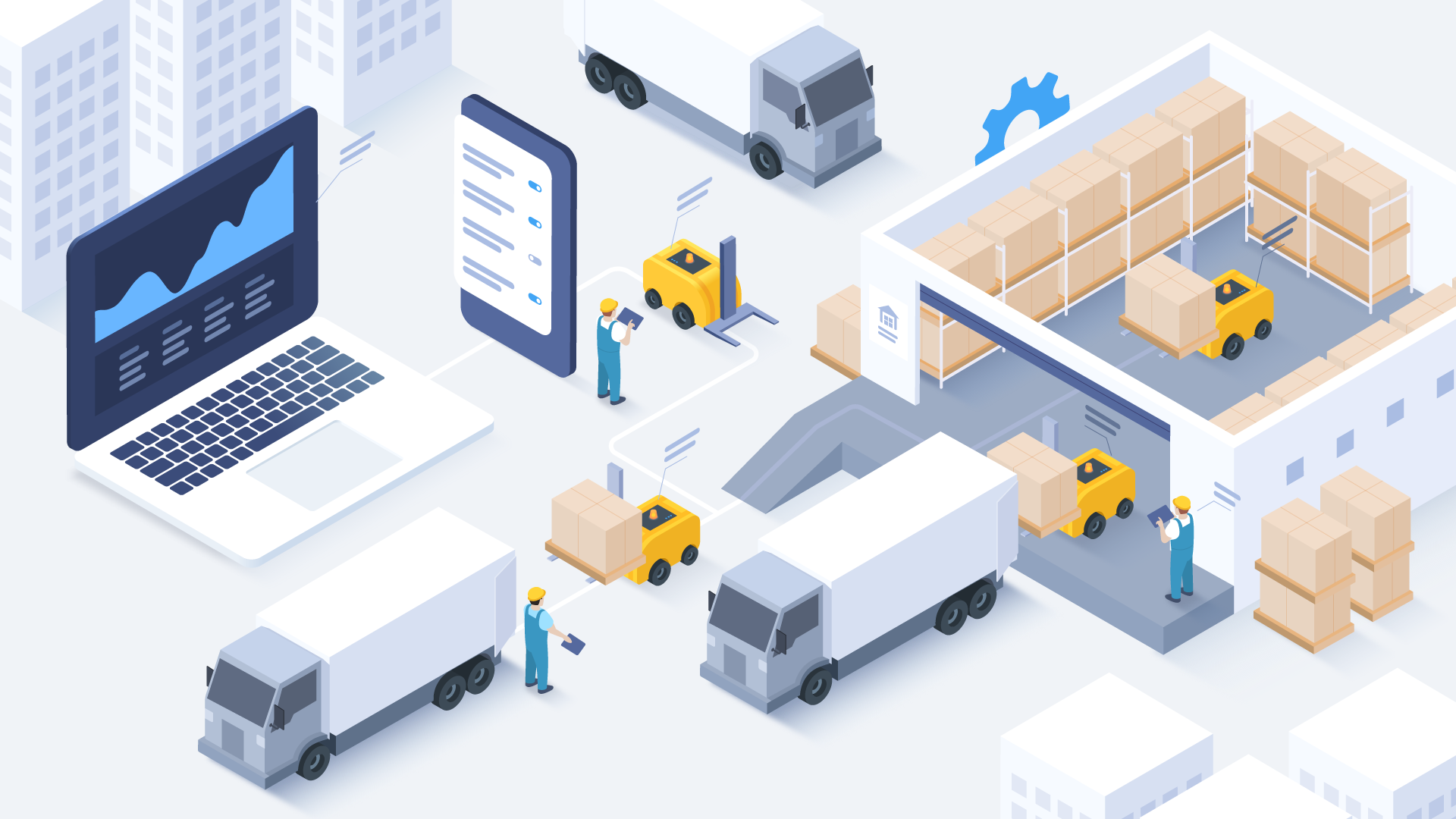Simulation consulting has become an essential tool for business decision-making in Argentina. This article explores in detail how it can benefit your organization and the necessary steps for its successful implementation.
What is Simulation Consulting?
Simulation consulting is a specialized professional service that uses computational models to recreate and analyze complex systems in a virtual environment. This methodology allows companies to experiment with different scenarios and variables without the risks and costs associated with real implementation, facilitating informed decision-making and process optimization.
Benefits of Simulation Consulting
Implementing simulation consulting services offers multiple advantages for organizations:
- Significant reduction in operational costs by identifying and correcting inefficiencies before implementation
- Minimization of risks in strategic decision-making
- Optimization of processes and resources through predictive analysis, helping to identify bottlenecks and maximize operational efficiency
- Greater understanding of complex systems and their interactions
- The ability to test multiple scenarios without affecting current operations
Practical Applications in Businesses
Simulation consulting finds application in various industrial and business sectors:
- Manufacturing: Optimization of production lines, inventory management, and logistics
- Logistics and transportation: Optimization of routes and supply chains
- Energy: Simulation of operations and resource planning
- Healthcare: Improvement of patient flows and hospital resource management
Simulation Consulting Process
Problem Analysis
The first phase involves a comprehensive evaluation of the current situation:
- Collection of relevant data
- Identification of critical variables
- Definition of specific objectives
- Establishment of success metrics
Creation and Validation of the Model
This crucial stage involves:
- Development of the simulation model
- Calibration with historical data
- Validation through consistency tests
- Adjustments based on client feedback
Implementation of Solutions
The final phase includes:
- Execution of simulation scenarios
- Analysis of results
- Strategic recommendations
- Detailed implementation plan
- Follow-up and subsequent adjustments
Tools Used in Simulation Consulting
Simulation Software
The main tools used include:
- AnyLogic
- Arena Simulation
- FlexSim
- Simio
- ProModel
These platforms allow for discrete event modeling and step-by-step process analysis, ideal for manufacturing and logistics environments. Among them, AnyLogic stands out as it is a platform for all dynamic simulation needs, offering a multi-paradigm modeling environment.
Why Choose Simulation Consulting in Argentina?
Argentina has positioned itself as a leader in simulation consulting due to its technical talent and experience in implementing innovative solutions. Local companies like Eurystic combine analytical-quantitative methodologies with advanced tools such as artificial intelligence and heuristics, offering customized, high-impact solutions. Additionally, Argentina’s competitive pricing compared to other markets and its focus on understanding the specific needs of clients make it an ideal option for simulation projects.
Simulation consulting represents a strategic investment for companies looking to optimize their operations and improve their competitiveness in the current market. With the support of expert consultants and specialized tools, organizations can make more informed decisions and better prepare for future challenges.





